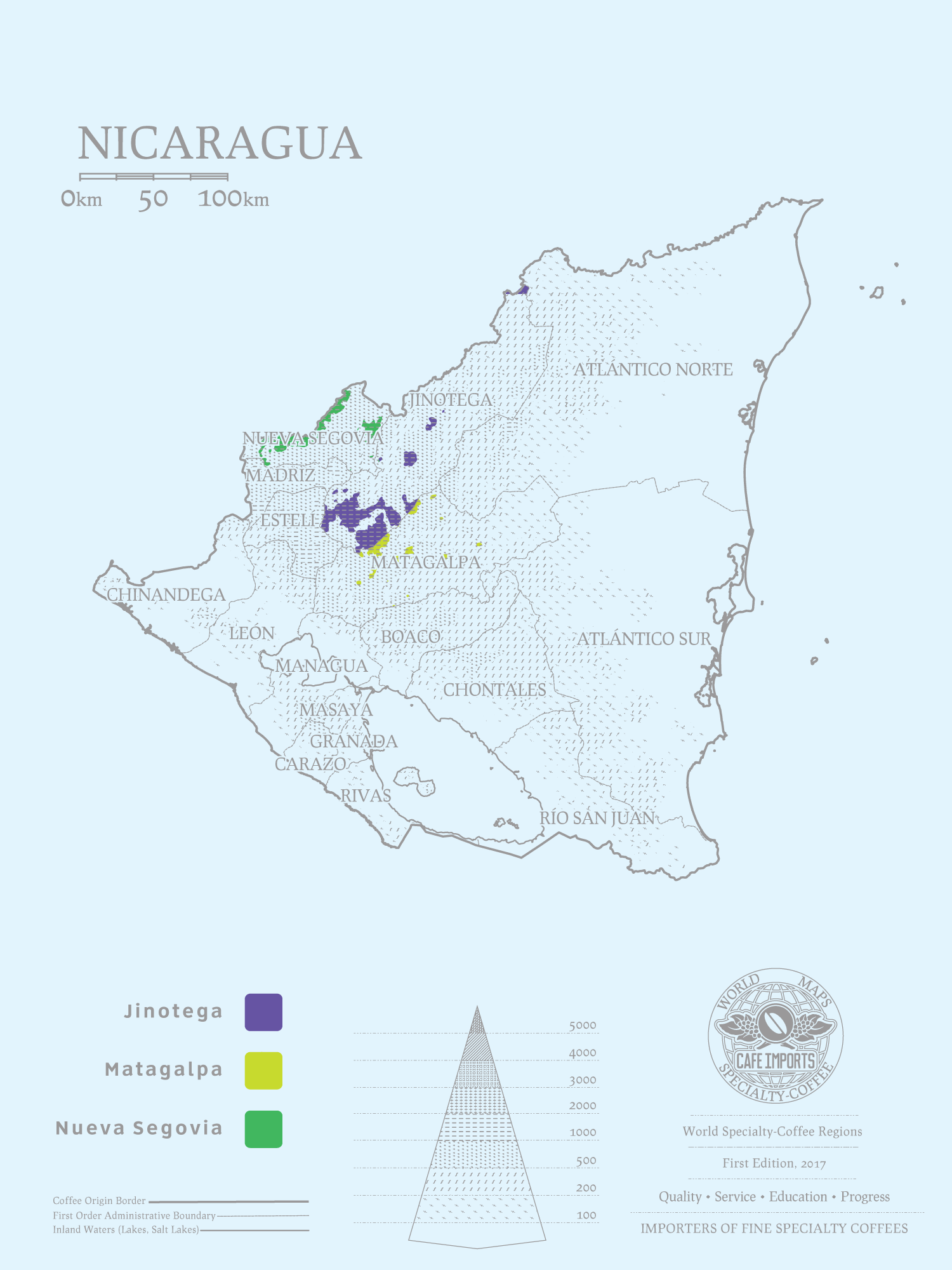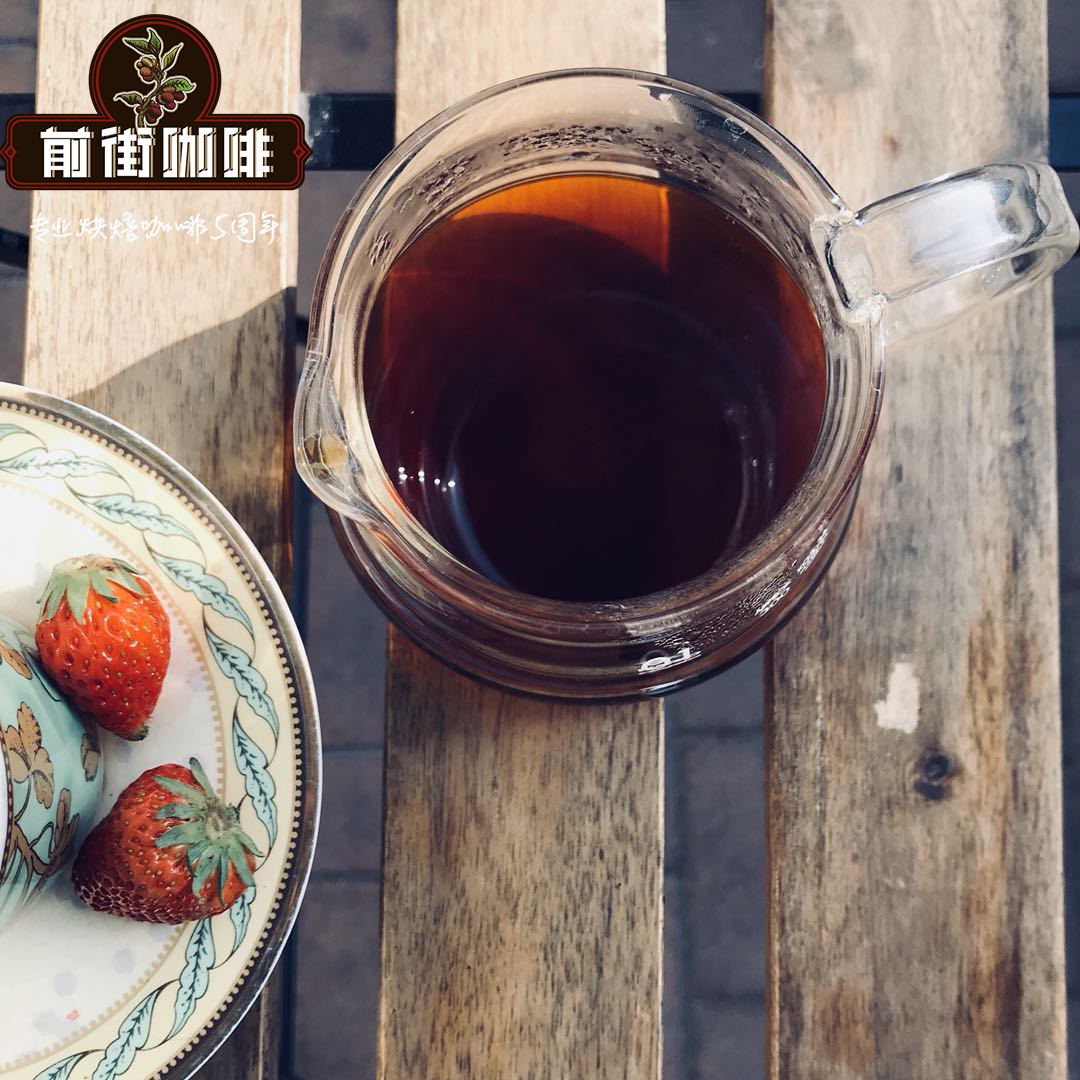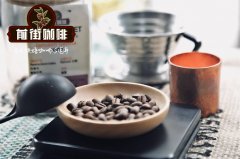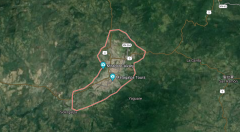An introduction to the History of Nicaraguan Coffee

Nicaragua Coffee History
Coffee cultivation began in Nicaragua in the late 1800s, but it did not become an important export product until the mid-19th century. Increased global demand for coffee (especially from North America) and reduced supply in the Pacific Islands have led to a steady growth of the coffee market here. Around this time, the first large plantations appeared in Managua, spread throughout Jinotepe, Matagalpa, Jinotega and Nueva Segovia. The government of Nicaragua encouraged European immigrants from Italy and Germany to buy land to buy coffee, much of which was controlled by white landowners, who often used local labor to extract the land at low wages and in poor conditions, before land redistribution produced small plots (usually less than 5 hectares).
Although its neighbours Costa Rica, El Salvador and even Guatemala began growing coffee in the 1980s, political and economic instability in Nicaragua during the long Nicaraguan revolution (circa 1974-1990), as well as typhoon damage in 1998, were among the factors that took the country off its radar. After the 20th century, coffee prices dropped sharply (1999 - 2003), hurricanes and millennium droughts, and today there are about 40,000 coffee farmers in Nigeria. Due to the shortage of fertilizer funds, coffee trees are mostly grown organically. Coffee farmers have begun to focus on quality and production and marketing records ("production and marketing records" refer to coffee that can be traced back to a single estate or a common cooperative formed by producers). Nigeria's coffee industry is showing signs of rejuvenation.
Nicaragua coffee flavor characteristics
Nicaragua is located in Central and South America, bordering Honduras to the north, Costa Rica to the south, the Caribbean Sea to the east and the Pacific Ocean to the west. Nicaragua has a wide lowland on the east coast, plateaus and mountains in the interior, active volcanoes on the west coast, and the largest lake in the southwest, Lake Nicaragua, with a tropical climate. The main economic source is agricultural products, accounting for 60% of total exports. Nicaragua coffee is characterized by its refreshing and balanced taste. It has a clean, bright, sour and soft flavor like Costa Rica coffee when lightly roasted, and a sweet, thick and mellow taste of Colombia coffee when deeply roasted. Jinotega and Matagalpa and Segovia regions are the best coffee producing areas in Nicaragua.

Important Notice :
前街咖啡 FrontStreet Coffee has moved to new addredd:
FrontStreet Coffee Address: 315,Donghua East Road,GuangZhou
Tel:020 38364473
- Prev

Costa Rica Three Rivers, Orossi, Blanca, Durialba coffee production characteristics of the difference
Tres Rios is located between 1200 and 1655 meters above sea level, also known as Bordeaux region of Costa Rica (Bordeaux region of France is famous for its red wine production). It is rich in soil bred by local volcanoes (Irazu volcano). It has a clear dry and wet season and can produce mild, sweet and refreshing coffee beans. Years in coffee
- Next

Matagalpa Coffee producing area in Nicaragua introduces the flavor characteristics of Matagalpa coffee
Matagalpa (Matagalpa), the province of Matagalpa, is the second largest province in northern Nepal, with a cool climate and diverse ecology, creating natural conditions suitable for growing coffee, and because it is less influenced by Spanish colonization, it still preserves the indigenous way of life and many archaeological relics and rock paintings. This area is a boutique coffee bean producing area in Nepal. Altitude
Related
- Beginners will see the "Coffee pull flower" guide!
- What is the difference between ice blog purified milk and ordinary milk coffee?
- Why is the Philippines the largest producer of crops in Liberia?
- For coffee extraction, should the fine powder be retained?
- How does extracted espresso fill pressed powder? How much strength does it take to press the powder?
- How to make jasmine cold extract coffee? Is the jasmine + latte good?
- Will this little toy really make the coffee taste better? How does Lily Drip affect coffee extraction?
- Will the action of slapping the filter cup also affect coffee extraction?
- What's the difference between powder-to-water ratio and powder-to-liquid ratio?
- What is the Ethiopian local species? What does it have to do with Heirloom native species?

